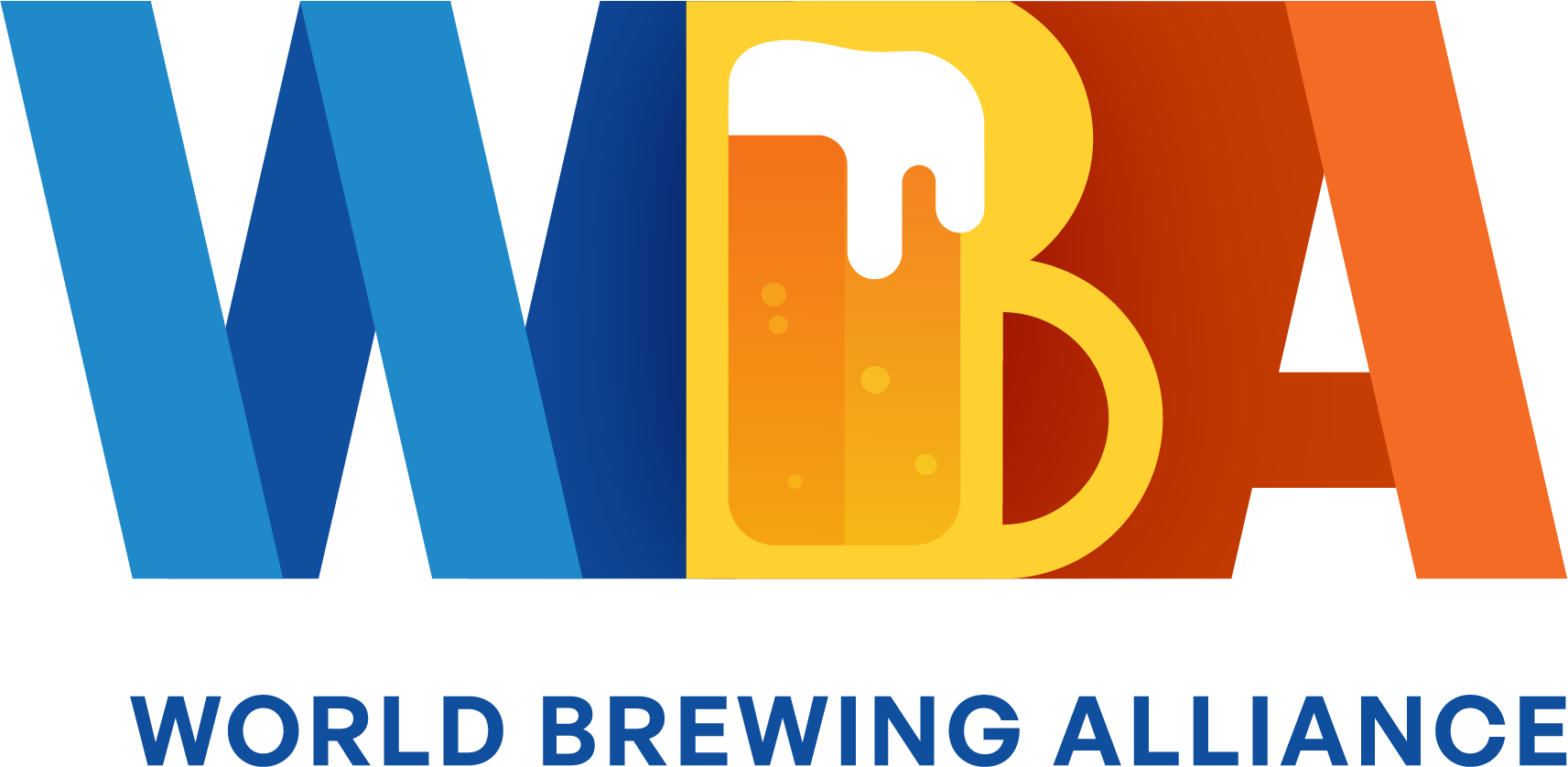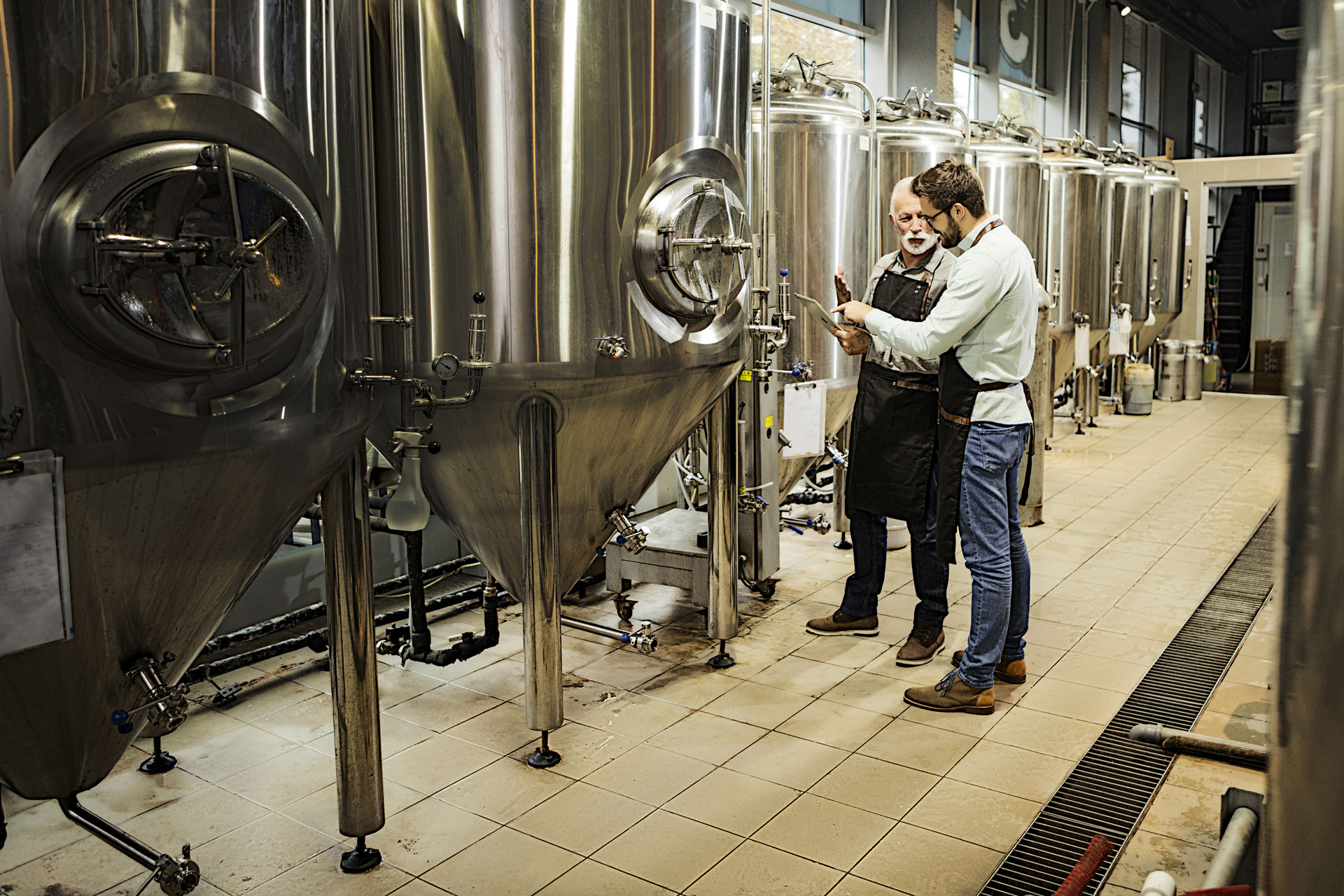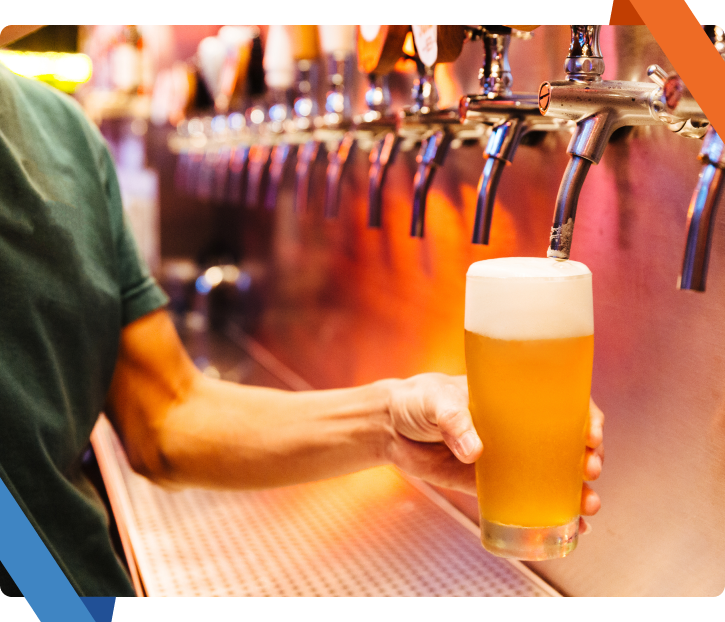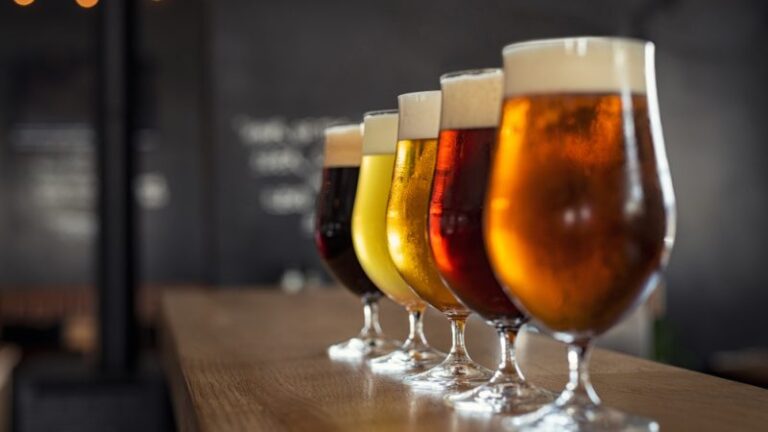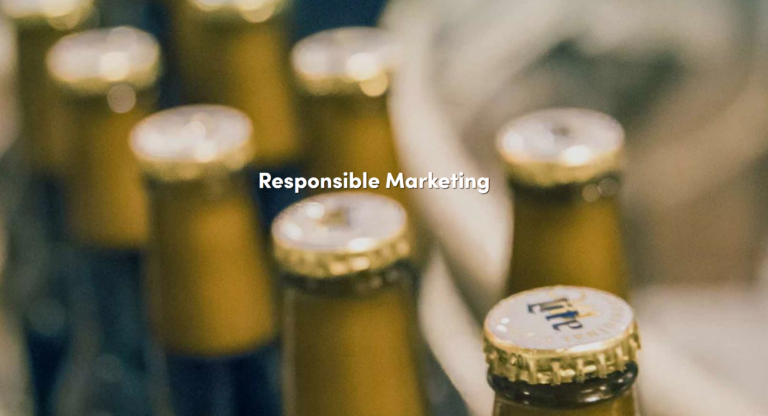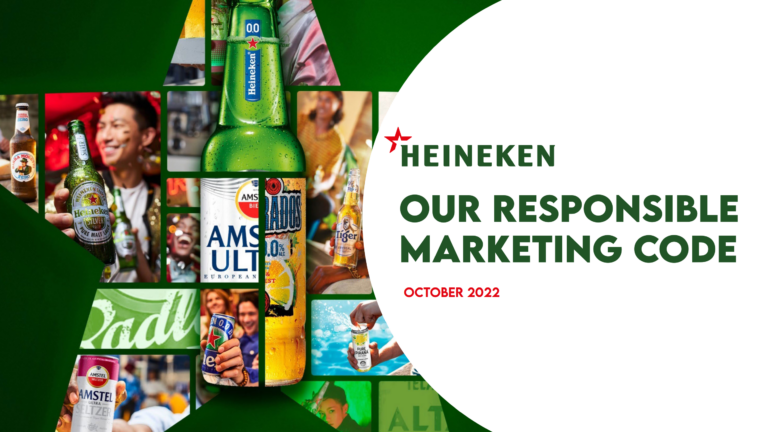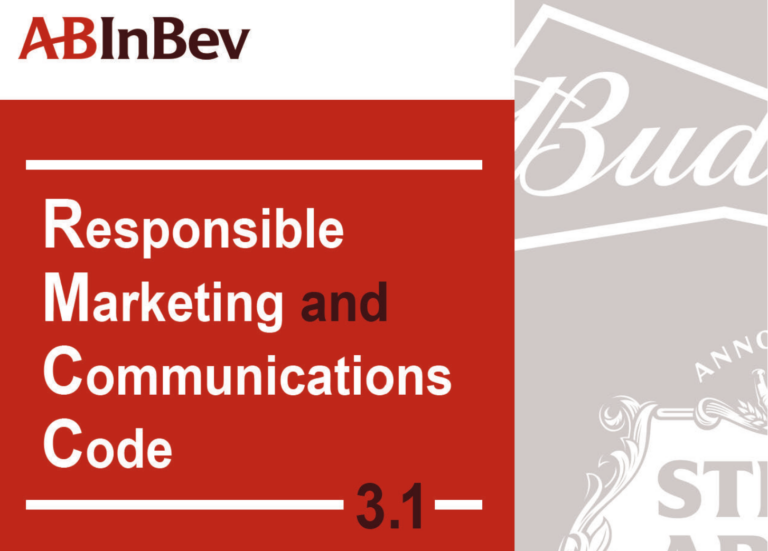By Justin Kissinger, originally posted on Devex
Last week, global leaders gathered in Geneva for the annual World Health Assembly. This WHA marked the opening of the process leading up toward the 2025 United Nations high-level meeting on noncommunicable diseases, a key moment for member states to review progress on reducing the harmful use of alcohol. We are in a unique position where public health policy, consumer demand, and the beer industry’s business goals are all intersecting to drive uptake of lower- and no-alcohol products and meet public health goals.
On the public health policy side, the World Health Organization’s 2010 Global Strategy to Reduce the Harmful Use of Alcohol acknowledges a role for lower-alcohol products in harm reduction. Building on this important document, WHO’s SAFER Technical Package supports measures to promote lower-strength products to counter illicit alcohol. And its 2022 Global Alcohol Action Plan asks economic operators to move portfolios toward lower-alcohol products and calls for more research on the impact of differentiated policies, which treat products differently depending on type and strength.
Lower-alcohol options support public health goals
The reason WHO is urging a shift to lower-alcohol products comes from a phenomenon called the substitution effect, where consumers who choose to drink alcohol substitute higher-strength products with lower-strength options. That could be switching from liquor to beer or from a regular strength beer to one that is lower- or no-alcohol. When this substitution effect happens at the population level, the overall consumption of ethanol decreases and multiple public health indicators improve. This evidence-based strategy is supported by differentiated alcohol policies that nudge consumers toward lower-alcohol choices.
While beer typically has the lowest alcohol by volume in the category, brewers have been hard at work bringing the substitution effect to life by also crafting even lower- and no-alcohol brews. Brewers are making major investments in new equipment, processes, and marketing to develop and promote these products because consumers are more likely to shift to them when they’re backed by brands they love, readily available, creatively marketed, and, of course, delicious. In alignment with the asks of the public health community, these combined efforts give consumers multiple choices to decrease their alcohol consumption without sacrificing their enjoyment.
With expanded lower- and no-alcohol options, people are enjoying being able to share a beer with or without alcohol. Lower- and no-alcohol products grew by more than 7% in volume across 10 key global markets in 2022 and this trend is expected to continue. Beer and cider make up nearly 70% of the lower- and no-alcohol category across the world’s 10 leading no/low markets, and 97% of the market in the European Union. This substitution effect uniquely positions the beer industry to support public health outcomes and respond to consumer demand.
Evidence-based alcohol policymaking
Some people may cynically think that every alcohol-selling business has an inherent conflict of interest when it comes to reducing the consumption of ethanol and shouldn’t be included in any problem-solving. Some think that business should be locked out of the room, even though WHO has called for industry to be part of the solution. But alcohol policy, like all policymaking, should be based on evidence, not ideology.
And the evidence is clear. History shows us that policies that put harsh restrictions on all forms of alcohol are not just ineffective, but often counterproductive. The American prohibition era between 1920 and 1933 provides a key example. Banning all alcohol sales in the United States led to the rise of organized crime, an increase in violence, and public health consequences. Many people turned to moonshiners and bootleggers to supply their alcohol, mostly in the form of hard liquor, leading to a proliferation of underground producers and a lack of quality control. As a result, many people suffered from the negative health effects of drinking poorly made, adulterated products.
On the flip side, examples from recent history prove the efficacy of the substitution effect. In 2019, WHO reported on a successful shift to lower-alcohol consumption and its related public health improvement in Russia. WHO noted that population shifts in consumption “to lighter alcoholic beverages” in Eastern European and Nordic countries “led to favorable outcomes in alcohol-attributable harm.”
The power of the substitution effect can be seen in shifting from liquor to beer, but also from regular strength beer to lower- and no-alcohol beer. This too is not only common sense but backed by evidence. Recent research in the United Kingdom and Spain suggest that the availability of lower- and no-alcohol beers led consumers to replace some consumption of regular beer with lower-strength alternatives, resulting in less alcohol consumed overall.
WHO has set ambitious goals to reduce the harmful use of alcohol, and the beer industry is putting our money where our mouth is, making big investments to support these goals by giving consumers more choices to exercise moderation. Let’s keep working together through common sense, evidence-based policymaking from decision-makers, and continued investment in lower- and no-alcohol products from the brewers of the world. Together, we can strengthen moderation and improve public health outcomes.
